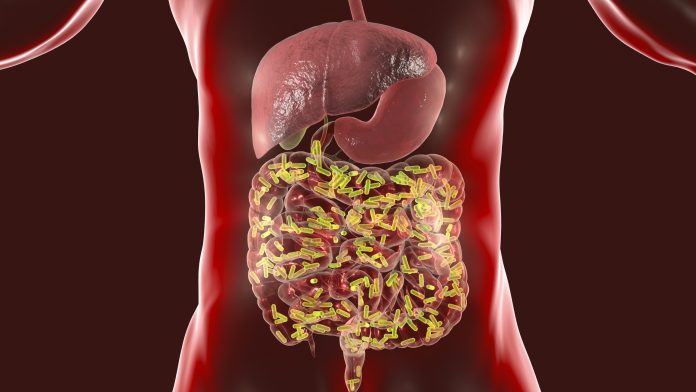
Researchers at the Cleveland Clinic have demonstrated, for the first time, an association between diet-associated molecules found in the gut with aggressive prostate cancer. The results, published today in the journal Cancer Epidemiology Biomarkers & Prevention, suggest that dietary interventions may help reduce the risk of this aggressive form of cancer.
“We found that men with higher levels of certain diet-related molecules are more likely to develop aggressive prostate cancer,” said Nima Sharifi, M.D., director of Cleveland Clinic’s Genitourinary Malignancies Research Center and lead author of the study. “As we continue our research in this area, our hope is that one day these molecules can be used as early biomarkers of prostate cancer and help identify patients who can modify their disease risk by making dietary and lifestyle changes.”
In the research, Sharifi and her colleagues Stanley Hazen, M.D., Ph.D., Eric Klein, M.D., and others analyzed data from nearly 700 patients previously enrolled in the National Cancer Institute’s Prostate, Lung, Colorectal and Ovarian (PLCO) Cancer Screening Trial.
While more research will be necessary, the team’s analysis of nearly 700 patients may have clinical implications for diagnosing and preventing lethal prostate cancer. The team gathered baseline levels of certain dietary nutrients and metabolites in patients’ blood serum prior to porstate cancer diagnosis and compared these levels with those of healthy healthy patients and patients who were later diagnosed with prostate cancer and died as a result.
From this data the investigators determined that men with elevated levels of the metabolite phenylacetylglutamine (PAGln) were approximately two or three times more likely to be diagnosed with lethal prostate cancer. PAGln is produced when microbes in the gut break down phenylalanine, an amino acid found in many plant- and animal-based protein sources like meat, beans and soy.
In addition to PAGln, researchers also discovered that elevated levels of two nutrients abundant in animal products, including red meat, egg yolks and high-fat dairy products, called choline and betaine, also were linked with increased risk for aggressive prostate cancer.
While these nutrients and gut metabolites have been studied previously in heart disease and stroke—Hazen was the first to make the association between PAGIns with increased cardiovascular disease risk—this is the first time gut microbiome metabolites have been studied clinically in relation to prostate cancer outcomes.
“Interestingly, we found that PAGln binds to the same receptors as beta blockers, which are drugs commonly prescribed to help lower blood pressure and subsequent risk of cardiac events,” said Hazen, director of Cleveland Clinic’s Center for Microbiome & Human Health and chair of Lerner Research Institute’s Department of Cardiovascular & Metabolic Sciences. “This suggests that part of beta blockers’ potent efficacy may be due to blocking the metabolite’s activity.”
According to Sharifi, there is mounting evidence that the use of beta blockers can help lower mortality in patients with prostate cancer. “We will continue to work together to investigate the possible mechanisms linking PAGln activity and prostate cancer disease processes in hopes of identifying new therapeutic targets for our patients.”
“New insights are emerging from large-scale clinical datasets that show use of beta blockers is also associated with lower mortality due to prostate cancer,” said Dr. Sharifi, who is a staff physician in Lerner Research Institute’s Department of Cancer Biology. “We will continue to work together to investigate the possible mechanisms linking PAGln activity and prostate cancer disease processes in hopes of identifying new therapeutic targets for our patients.”
Ongoing research from the team will continue to explore the reliability of using choline, betaine and PAGln as biomarkers of aggressive prostate cancer and how dietary interventions can be used to modulate their levels and reduce patients’ subsequent disease risk.













